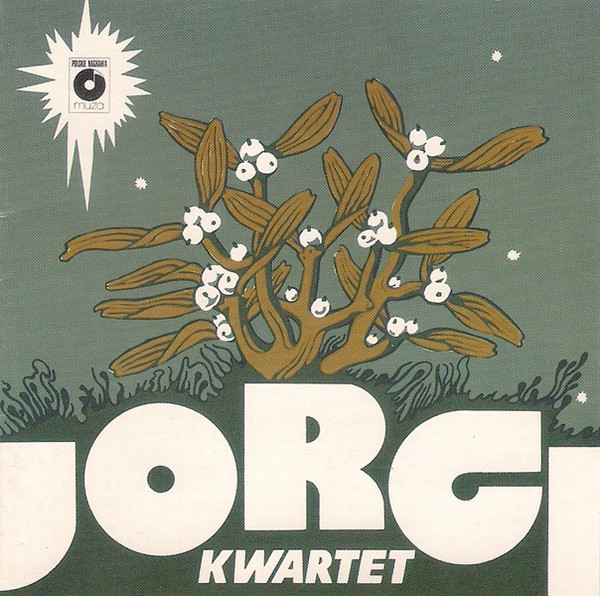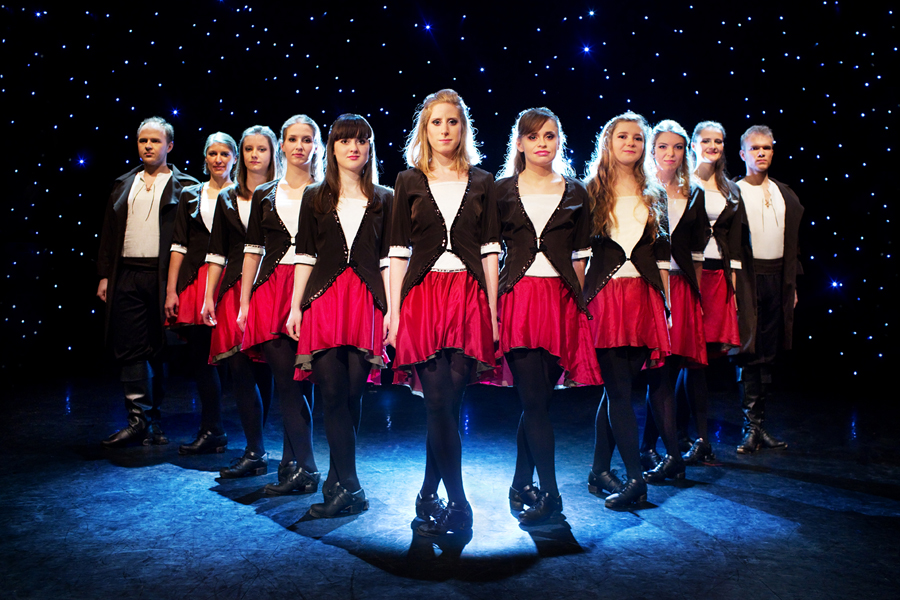Folk Revival by the Vistula
|
The popularity of contemporary folk music in Poland is closely linked to Celtic and Andean music. Even though it might be hard to believe now, Kwartet Jorgi used to play Irish jigs and reels. While celebrating Saint Patrick’s Day, let us find out how the Emerald Isle has influenced Polish folk revival.  Irish dance group Treblers, photo by Kinga Karpati
Folk revival by the River Vistula (Wisła)Starting in the 1980s, Syrbacy is considered the first contemporary folk group in Poland. They were soon followed by Kwartet Jorgi (Jorgi Quartet) and Varsovia Manta. This initial period of the Polish folk revival is marked by an overall interest in cultures and musicians from around the world. Polish musicians were enthusiastically drawing on foreign traditions – Latin American (e.g. Varsovia Manta and Sierra Manta), Celtic (Kwartet Jorgi, Carrantouhill, Open Folk etc.) and Slavic in general (Werchowyna, Orkiestra pod wezwaniem św. Mikołaja, Chudoba etc.).  A potato festival in Mońki. 1995. Mońki Potato Days. Varsovia Manta from Warsaw. Photo from the archives of the Community Centre and Library in Mońki. The quartet, which took its name from a sixteenth-century flautist, Tomasz Jorgi from Poznań, was founded in the mid-1980s. Even though the group and its individual members, Maciej and Waldemar Rychły, are now mostly associated with Polish folk music, their beginnings were not quite so. The material they recorded during a performance in May 1988 in Biskupin may sound quite astonishing.  A live recording from Biskupin (1988).
Apart from Polish folk music (Nowe Oberki) and Balkan inspirations (Aksak or Bałkany), the group’s first LP featured such songs as Tańce irlandzkie – the reel and Tańce irlandzkie – the jig, which clearly suggest Celtic inspirations.  Carantouhill in Ireland, from which the group (in the photograph) took its name. Photo by M. Dyoniziak, Gazeta Wyborcza.
Folk musicIt is worth noting that folk music means something different in Poland and in the Western countries. The English term may either refer to the modern modification of the tradition or to the tradition itself – that is why we have the terms contemporary folk music and living tradition. In Poland, folk music means music that – although inspired by traditional music – exists outside of its natural context. Folk music juxtaposes selected element of folklore with other musical genres or inspirations from other musical traditions (with regard to musical and dance forms and instrumentation). Ever since its first usage on the radio, the word folk has been fully adopted by both the Polish language and the Polish musical environment. In the meantime, however, there emerged two factions of folk revival enthusiasts. They were dubbed (by Tomasz Rokosz) purists and folk men. Saint Patrick in PolandThe folk music revival in Poland has largely coincided with the interest in music from Ireland, and also from Latin America. It was not until the late 1980s that the musicians drawing on these two regions started to turn their attention to traditional Polish music. Admittedly, the Polish fascination with Celtic music is not the same as it used to be, but it is there nonetheless. We have musicians, such as Danar, Duan, Beltaine and Shannon, and dancers, such as Elorien, Glendalough and Treblers, who perform it, and we have concerts and festivals, including the Celtic Music Festival (Festiwal Muzyki Celtyckiej) ‘Zamek’ in Będzin, where we can go and listen to it. There is even a large annual dance show. Saint Patrick’s Day is a perfect time for joyful celebrations. There are uilleann pipes played in pubs and step dancers performing in theatres. Sipping a Guinness or a green beer, let us not forget that here, by the Vistula, folk music revival would not have been the same had it not been influenced by the Irishmen.  Irish dance group Treblers, photo by Kinga Karpati
|



